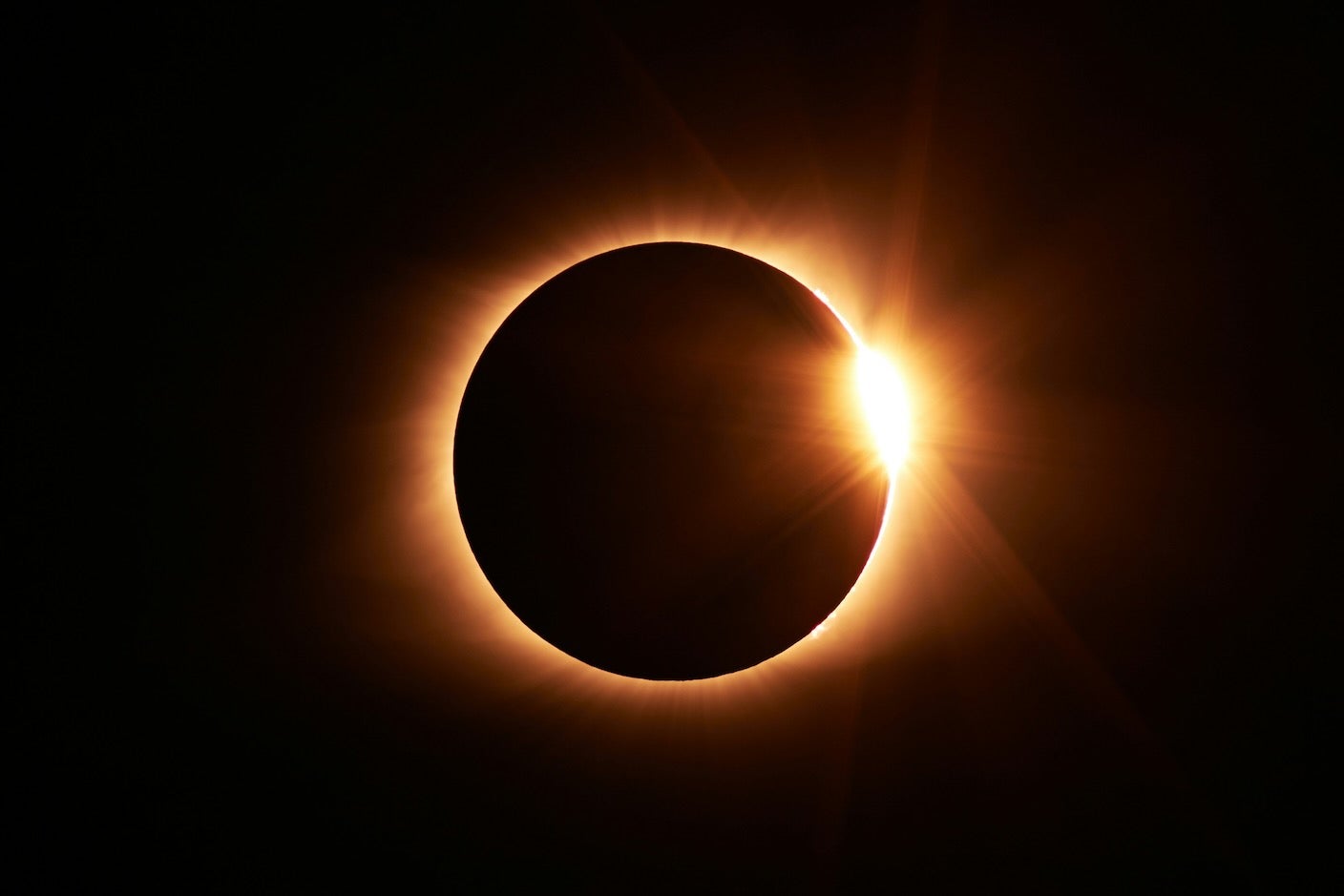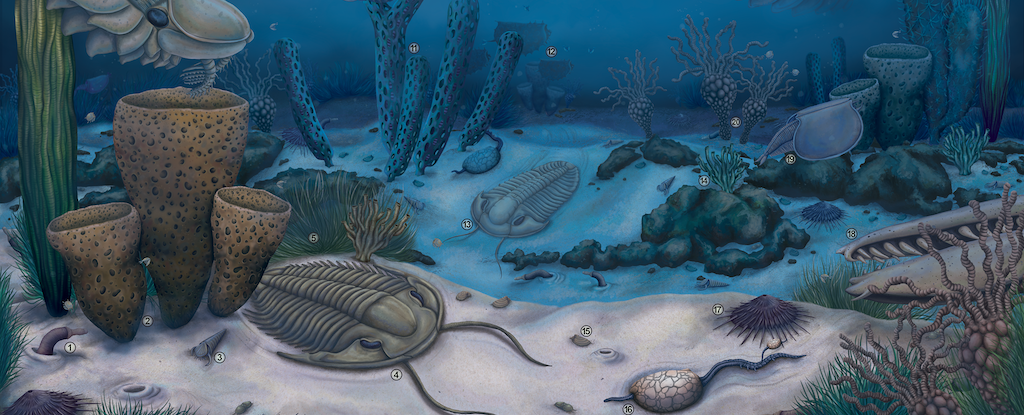
The Hunt for ‘Planet Nine’: Why There Could Still Be Something Massive at the Edge of the Solar System
Is there a massive undiscovered planet on the outer reaches of the solar system? The idea has been around since before the discovery of Pluto in the 1930s. Labeled as planet X, prominent astronomers had put it forward as an explanation for Uranus’s orbit, which drifts from the path of orbital motion that physics would expect it to follow. The gravitational pull of an undiscovered planet, several times larger than Earth, was seen as a possible reason for the discrepancy.
That mystery was ultimately explained by a recalculation of Neptune’s mass in the 1990s, but then a new theory of a potential planet nine was put forward in 2016 by astronomers Konstantin Batygin and Mike Brown at Caltech (the California Institute of Technology).
Their theory relates to the Kuiper Belt, a giant belt of dwarf planets, asteroids and other matter that lies beyond Neptune (and includes Pluto). Many Kuiper Belt objects—also referred to as trans-Neptunian objects—have been discovered orbiting the sun, but like Uranus they don’t do so in a continuous expected direction. Batygin and Brown argued that something with a large gravitational pull must be affecting their orbit and proposed Planet Nine as a potential explanation.
This would be comparable to what happens with our own moon. It orbits the sun every 365.25 days, in line with what you would expect in view of their distance apart. However, the Earth’s gravitational pull is such that the moon also orbits the planet every 27 days. From the point of view of an outside observer, the moon moves in a spiraling motion as a result. Similarly, many objects in the Kuiper Belt show signs of their orbits being affected by more than just the sun’s gravity.













